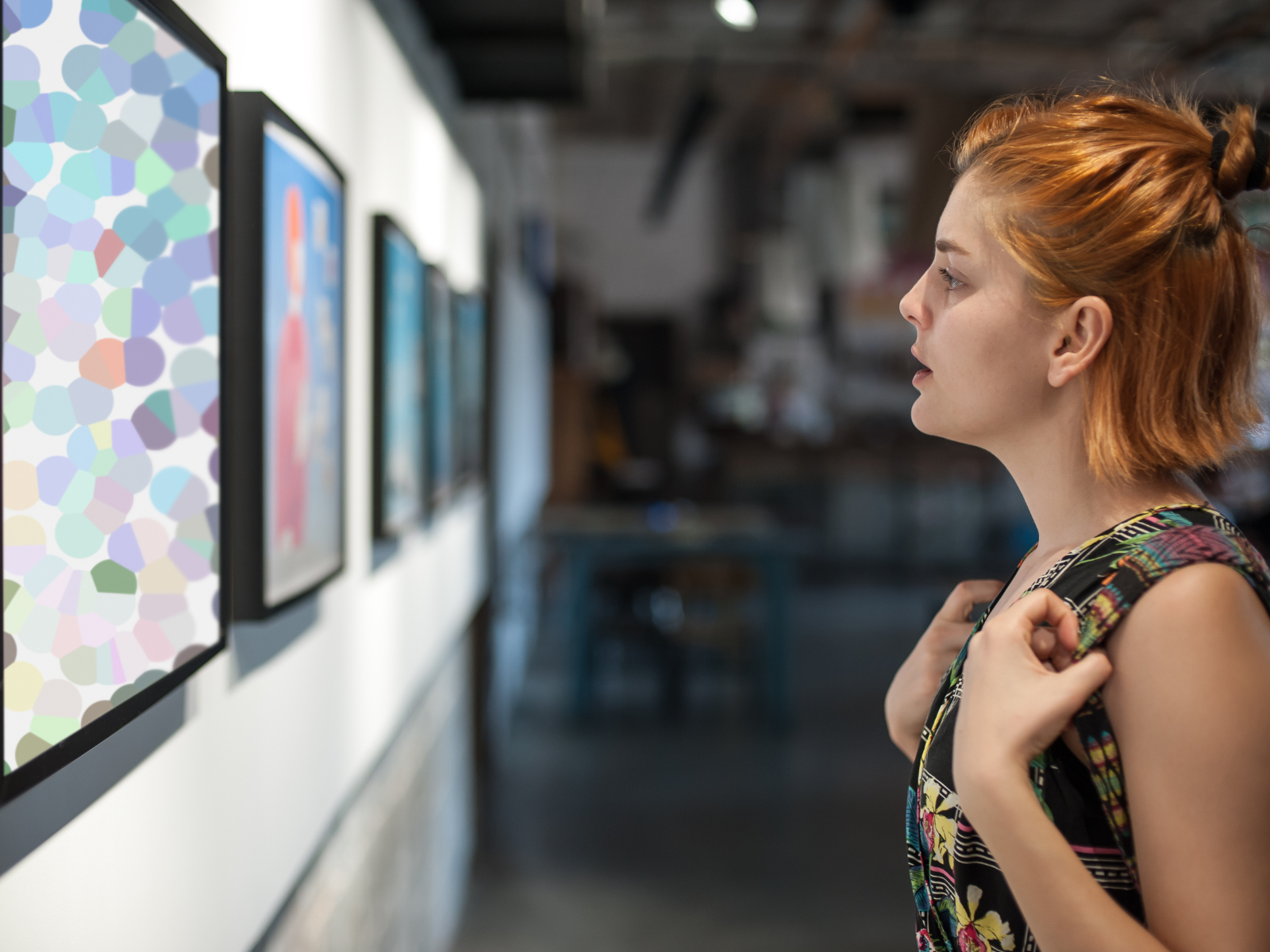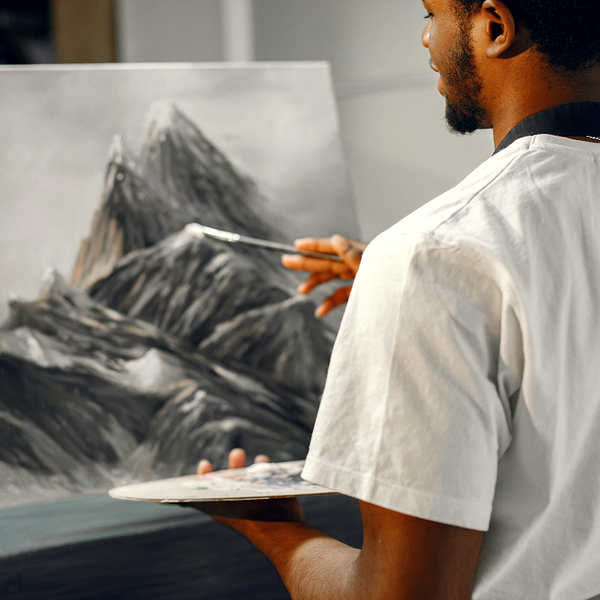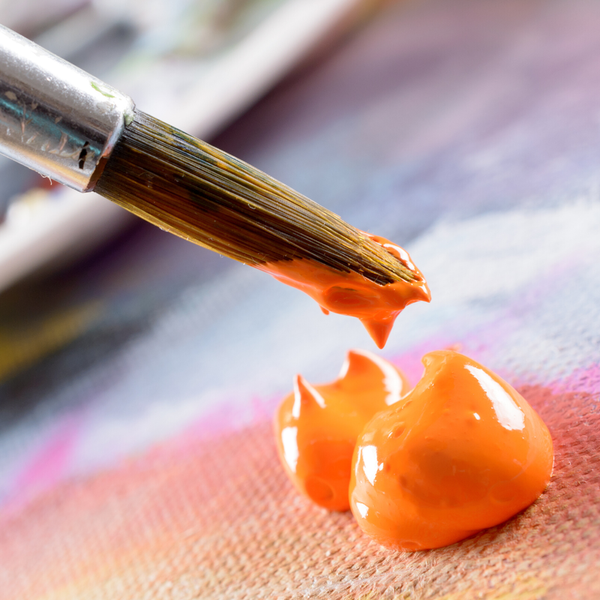Step right up, artists and creators of all walks of life!
Art is a universal language that speaks to the soul and captures the imagination.
Whether you're a seasoned artist or just starting out, there's no denying the power of art to evoke emotions and ignite conversations.
As creators, it's natural for us to continuously push our boundaries and strive for improvement through critique.
But what exactly goes into critiquing an artwork?
Is it just about pointing out flaws or is there more to it than meets the eye?
It's easy to get caught up in our own artistic vision and ideas, but getting constructive feedback from others through critique can help push us out of our comfort zones and elevate our work to new heights.
Yes, critique – the word that might send shivers down your spine, but fear not!
Critiquing an artwork doesn't have to be intimidating or negative.
In fact, when done correctly, it can be one of the most valuable exercises in improving our creative skills and elevating our artistic vision.
In this blog post, we'll unveil the art of critique by breaking down its four essential steps.
So, loosen up your paintbrushes and get ready for an insightful journey towards mastering the art of giving constructive criticism!
Get ready to sharpen your skills and take your creations to the next level!
Key Takeaways:
- Understand the structured four-step approach to critiquing art.
- Learn how to analyze and interpret artworks effectively.
- Discover how to articulate a well-informed judgment about art.



Art Criticism: The Insightful Eye
Before we dive into the four steps of critiquing an artwork, let's first understand what art criticism is all about.
Art criticism is the process of examining and evaluating pieces of art based on their visual appearance, cultural and historical context, and personal interpretation.
It goes beyond simply liking or disliking an artwork, but rather delves deep into its different elements and meanings.
Art criticism is a valuable skill that allows individuals to engage deeply with a work of art, offering insights that might not be immediately apparent.
Whether you're an artist, student, or simply an art enthusiast, understanding how to critique art can enhance your appreciation and offer a richer experience of the visual world.
The goal of art criticism is to provide a thoughtful analysis that helps the artist grow, and also allows viewers to gain a deeper understanding of the work.
Now, let's explore the four essential steps in critiquing art!
Step 1: Description – What Do You See?
The first step in critiquing an artwork is to describe what is happening in the work organized before you.
This involves a careful observation of all the things present in the piece, from the elements of art, such as color schemes, lines, shape, space, texture, and form, to the principles of balance, emphasis, movement, proportion, and rhythm.
When describing an artwork, it's crucial to be as objective as possible, refraining from any interpretation or judgment at this stage.
For instance, if you're looking at a painting, note the figures, objects, and setting.
Describe the medium used by the artist, whether it's oil paint, watercolor, or something else.
Mention the art style, whether it's abstract, realistic, or impressionistic.
This step sets the foundation for a deeper analysis by ensuring that you have a comprehensive inventory of what is present in the work of art.



Step 2: Analysis – How Is the Work Organized?
Once you have described the artwork, the next step is to analyze how these elements and principles are organized to create a cohesive whole.
This involves looking at how the artist has used color, lines, and texture to direct the viewer's eye and create a sense of balance or imbalance.
It's also important to consider the use of space and how the figures and objects relate to one another within the composition.
For example, in a drawing, you might explore how the use of light and shadow creates depth or how the artist uses perspective to convey a three-dimensional space on a two-dimensional surface.
This step requires you to explain the artist's techniques and how they contribute to the overall effect of the artwork.
For analyzing artwork, try to consider these things:
- What emotion or feeling does the artwork convey?
- How does the artwork make you feel?
- What are the primary techniques and elements used in the artwork?
- Are there any underlying themes or messages being communicated?
- What is the artist trying to communicate through their artwork?
The Significance of Context in Art Critique
Understanding the context in which an artwork was created is paramount to a comprehensive critique.
When asking "what are the four steps in critiquing an artwork," one must not overlook the historical, cultural, and personal circumstances surrounding its creation.
The context can provide clues about the subject matter, the materials used, and the message the artist is conveying.
It can also shed light on the societal values and events that may have influenced the artist's vision.
This understanding enriches the critique by allowing the observer to appreciate the artwork's relevance and significance beyond its aesthetic value.
Context can reveal the layers of meaning in an artwork that might not be immediately apparent; it can often unravel the mystery behind certain images or symbols present in the artwork.
Students and critics alike should not be afraid to delve into the artist's biography, the political climate, or the prevailing art movements of the time.
This research can answer many questions about the artwork's purpose and can even reveal hidden layers of meaning.
Critics adept at deciphering these contextual clues can provide a richer interpretation, helping audiences to connect with the art work on a deeper level and appreciate the subtleties of its message.
By considering the context, one can better assess the unity of the artwork's elements and the artist's success in communicating their intended message.
The Role of Technique and Medium in Art Criticism
The technique and medium used in creating an art piece are critical aspects that inform its critique.
Technique refers to the specific methods employed by the artist to bring their vision to life, such as brushwork, carving, or digital manipulation.
The medium, on the other hand, is the material used to create the artwork, whether it be oil paint, marble, or a digital platform.
These elements are fundamental to understanding the artwork's form and potential limitations or innovations.
Critics often examine the mastery and application of technique, as well as the choice of medium, to assess the artwork's execution.
For example, the delicate precision of a Renaissance oil painting might be evaluated differently than the bold strokes of a modern acrylic piece.
By analyzing these factors, critics can better appreciate the artist's skill and the artwork's place within the broader spectrum of art history.
The technique and medium also often reflect the artist's personal style and can be a signature element that sets their work apart from others'.

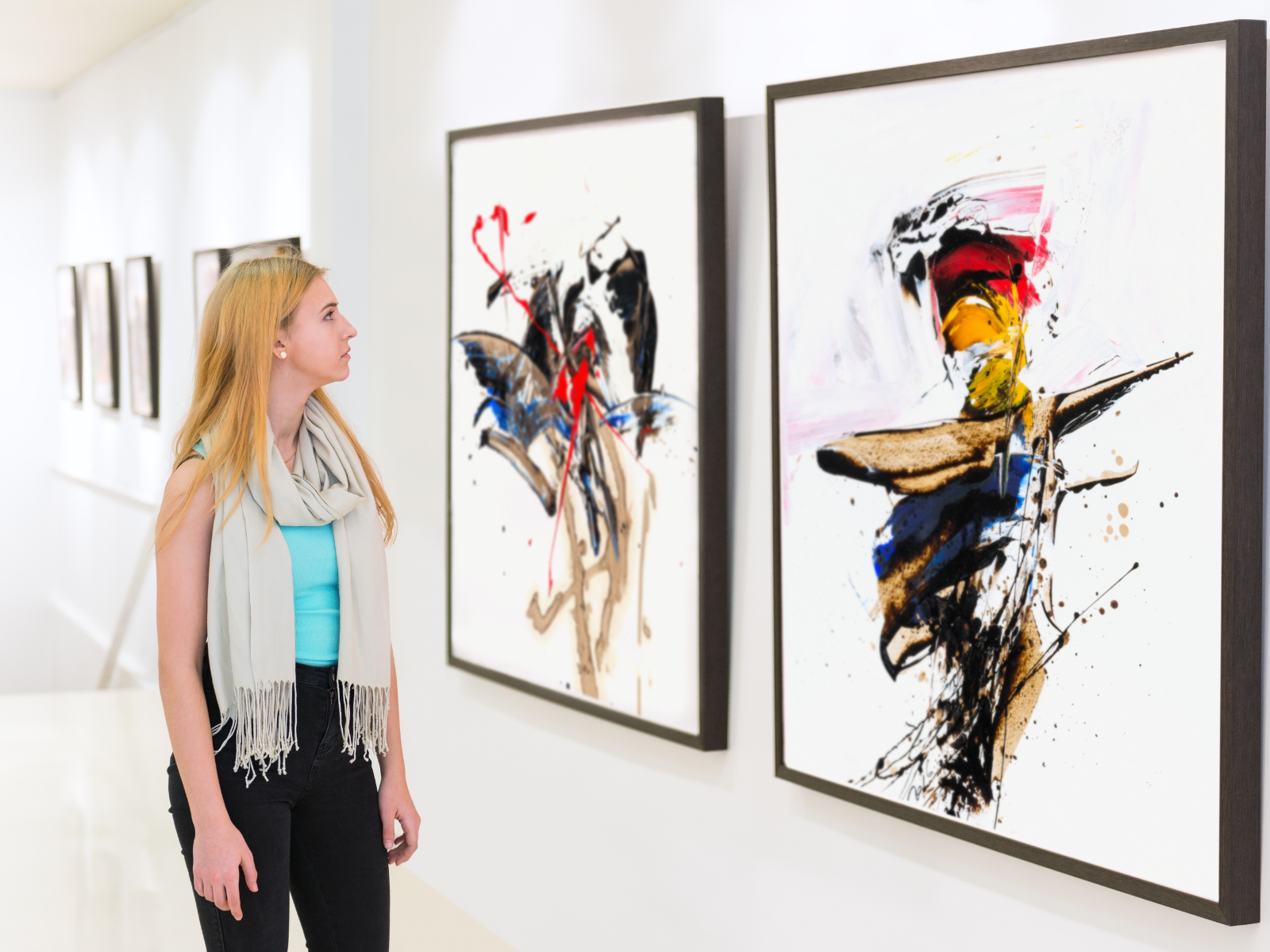

Step 3: Interpretation – What Is the Piece About?
Interpretation is where your imagination and ideas come into play.
This step is about discovering the secret message or the meaning behind the artwork. What is the artist trying to express?
What mood or emotion is being conveyed?
Here, you can explore the symbolism, themes, and narratives that the artwork might represent.
For instance, a painting of a woman looking out of a window could be interpreted as a representation of longing or desire for freedom.
The interpretation step allows you to express your own ideas about what the artwork means, but it's important to support your views with evidence from the work itself.
The Role of Personal Response in Art Criticism
Art criticism is not solely an intellectual job; it involves a personal response that is both subjective and invaluable.
When critiquing an artwork, one's immediate emotional and intellectual reactions are as important as the formal analysis.
These personal responses can be as varied as the viewers themselves, each bringing a unique perspective to the artwork.
This diversity of interpretation is what breathes life into art and keeps the conversation around it dynamic and evolving.
Critics should embrace their personal reactions, using words to express what resonates with them or what feels discordant.
The personal response also serves as a point of connection between the viewer and the artwork.
It is where the line between observer and creator blurs, allowing for a deeper engagement with the piece.
When students or critics articulate their feelings and thoughts, they contribute to the larger dialogue about the artwork's impact and relevance.
This subjective aspect of critique should not be undervalued, as it often leads to a richer understanding of both the artwork and the viewer's own aesthetic and emotional sensibilities.



Step 4: Judgment – Is the Artwork Successful?
The final step in the art critique process is to judge whether the artwork is successful.
This is where you assess the work's effectiveness in terms of its purpose and your own personal response to it.
It's important to be fair and considerate in your judgment, recognizing the courage and effort it takes to create and share art with the community.
In judging an artwork, you might consider whether the artist has effectively communicated their intended message, whether the use of elements and principles of art has been skillful, and whether the artwork evokes a response in the viewer.
This step is not about whether you like the artwork or not; it's about evaluating its merits based on the previous steps of description, analysis, and interpretation.
It's also important to acknowledge that a work of art can be successful in some aspects and not others, and that personal taste plays a role in one's judgment.
The Power of Constructive Criticism
As artists, we are often our own harshest critics, but receiving feedback from others – whether positive or negative – is an essential part of growth and improvement.
By following the four steps of critiquing an artwork, we can offer constructive criticism that helps artists hone their skills and develop their artistic vision.
Just like how our own critiques can push us out of our comfort zones, receiving critique from others can broaden our perspective and help us see things in a different light.
When giving feedback, it's important to be respectful, specific, and objective.
Point out what works well in the artwork and what could be improved upon, using evidence from your observations and analysis.
Avoid personal attacks or sweeping statements that do not provide helpful insight.
Remember to also offer suggestions for improvement rather than simply pointing out flaws.
By providing constructive criticism, we can help artists grow and push the boundaries of their creativity, ultimately enriching the world of art for all.
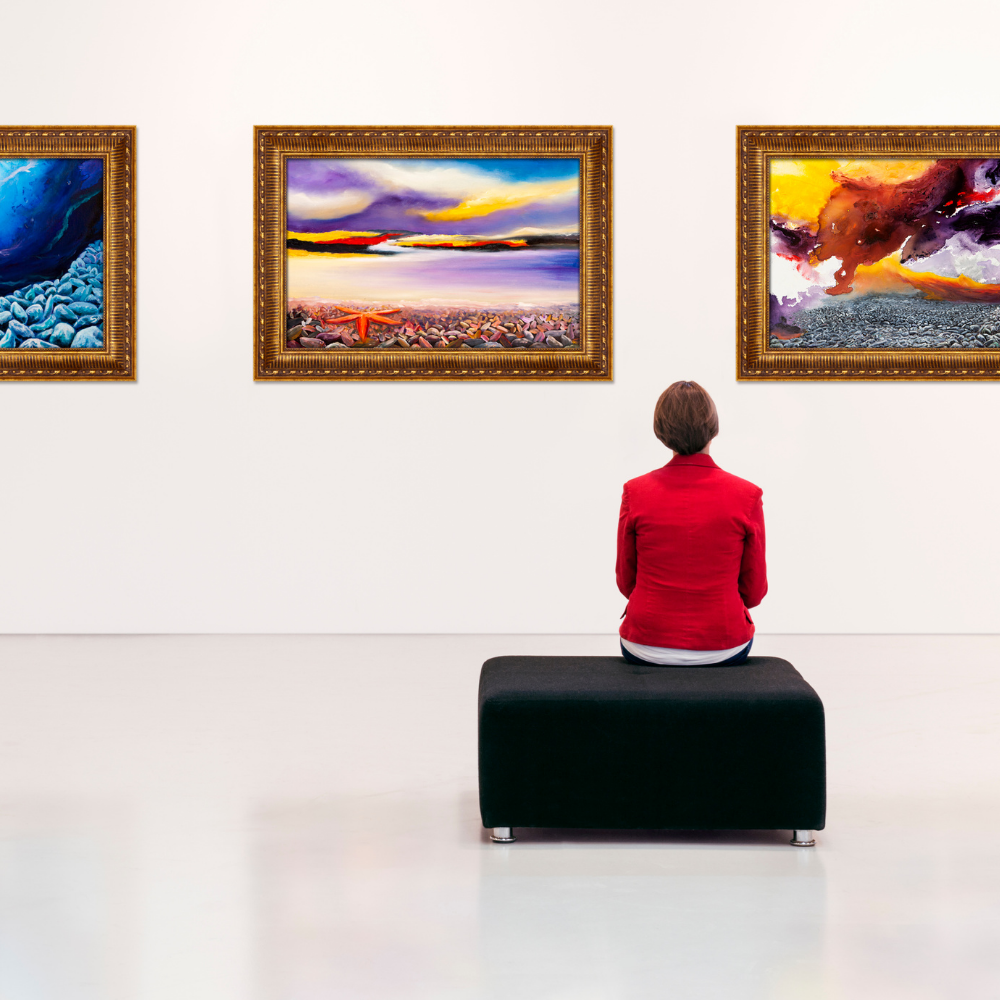


The Journey of Art Criticism
Critiquing art is a four-step process that involves description, analysis, interpretation, and judgment and that requires practice and patience.
By following the four steps – description, analysis, interpretation, and judgment – we can offer thoughtful and insightful critiques that enhance our understanding and appreciation of artworks, developing a deeper understanding of artworks and articulating your thoughts in a structured and informed manner.
Remember, the goal of art criticism is not to assume the role of an authority but to engage in a meaningful dialogue with the artwork and the ideas it presents.
Sometimes, we get caught up in our artwork, and it's challenging to objectively determine if we're on the right track.
Critiquing our artwork helps us answer those doubts and improve our artwork.
Keep the four steps in mind and give yourself some time to evaluate your artwork.
As artists, practice makes perfect, so don't give up!
So, let's keep exploring, observing, analyzing, interpreting, and refining our skills in critiquing art!

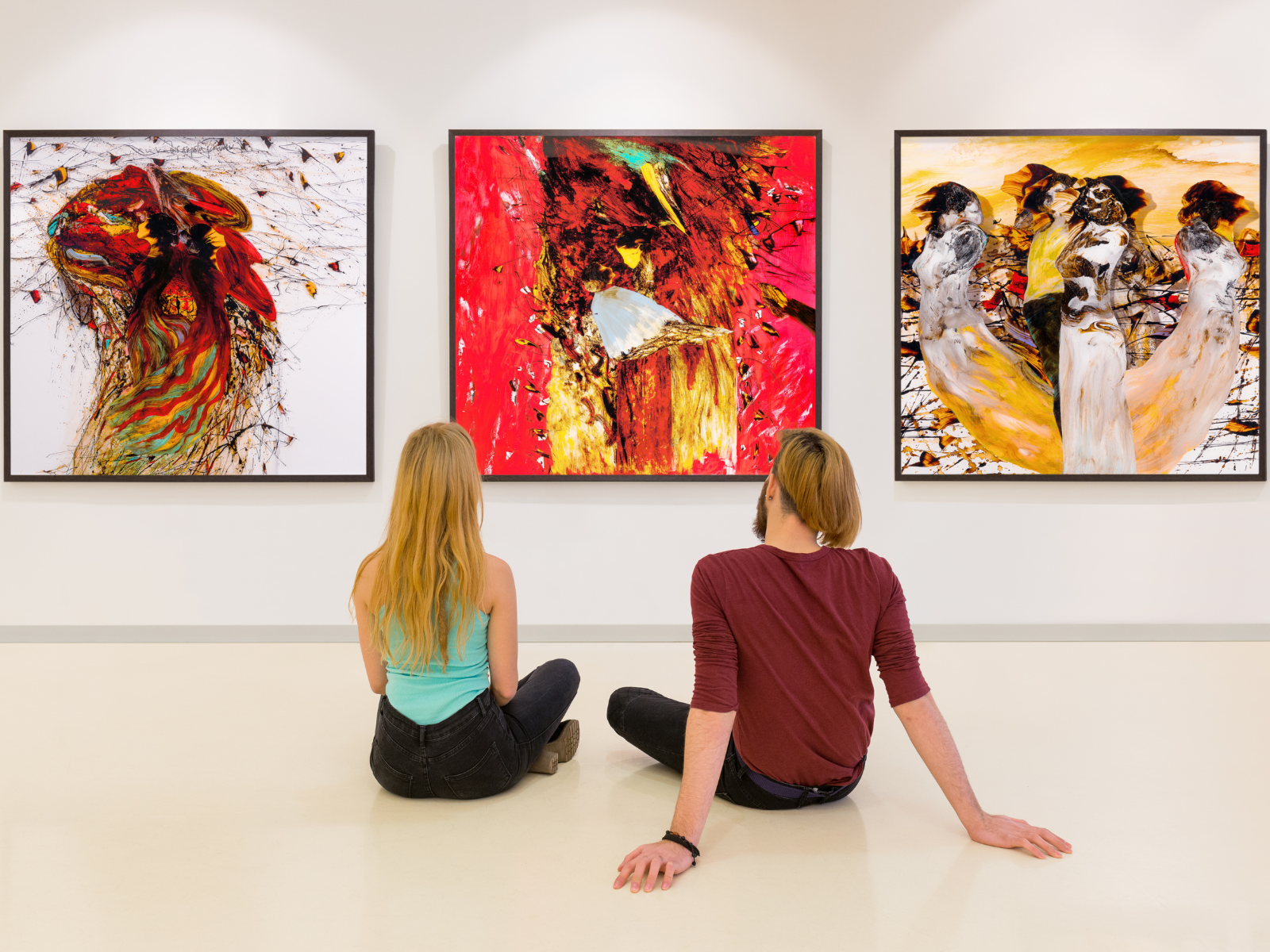

Eager to learn more about the art criticism process? Check out Karyne Cross's video!
Want even more content about creativity and art?
Be sure to check out all of our creative chronicles!
Eager to explore art, creativity, and critiquing?
Check out some of our other articles:
-How do you analyze and critique art?
-How do you evaluate a piece of art?
-What is the hardest part of an art critique?
